Children are going back to school this month. The problems of inequity and a lack of resources in education that existed prior to the pandemic have grown worse. Where children struggled before, they struggle more.
The existing achievement gap widened during the pandemic when all children were not provided equal opportunity and access to computers, appropriate software, internet, online materials, teachers trained in distance learning, and access to a supportive adult at home. It’s an ongoing issue that prevents our communities from thriving and our children from obtaining education fundamentals that will allow them to thrive socially, emotionally, and economically.
The term achievement gap conveys the importance and inequity of the situation. It’s an access and opportunity gap our children need us to address in order to achieve the education they deserve and the community they need to thrive.
There were 253,625 K-12 students enrolled in Santa Clara County schools last year. The pandemic disrupted education for all of them with reading and math scores showing the steepest declines. The most vulnerable children experienced the greatest struggle as families faced job losses, housing instability, and food insecurity.
Kids need expanded learning programs to make up for the achievement gap. They need meaningful, collaborative, and active learning that supports mastery and expands horizons. The kind of learning support that happens in quality afterschool programs. Expanded community partnerships and afterschool programs are part of this solution, providing high dosage learning through individual and small group tutoring and enrichment activities multiple times per week, more teacher and student support, and summer learning.
As COVID financial assistance ends, schools in high-poverty areas will struggle more. This isn’t just an education issue, it’s a community issue. Schools are a center for learning as well as a hub for social and emotional connection. Schools and community partners can work together to solve the opportunity and access issues.
The pandemic showed us the importance of community and the need to work together for our social, emotional, and economic health and connection. It’s this knowledge that will lead us to a solution. It’s good for children and good for all of us.
